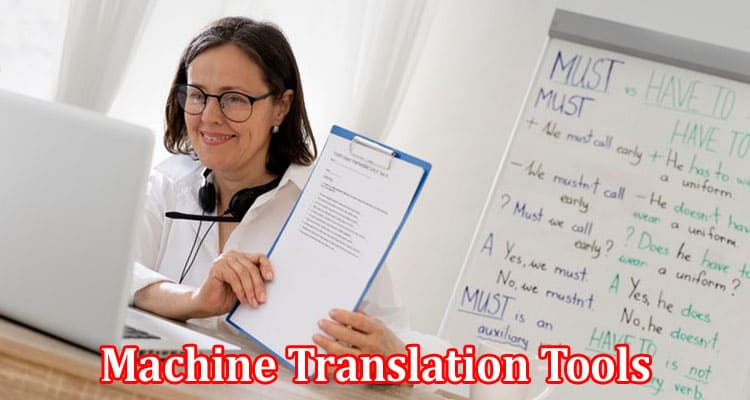Medical translation is a complex type of translation that contains sensitive and complicated information. It demands careful consideration and vigilance. Medical text and content do not carry any room for errors and negligence. A minor mistake in medical translation takes you to numerous grave consequences. Therefore, the translation of medical text through machine translation tools asks for efficient human control and supervision.
Hiring an online medical translator could be a good initiative in case of emergencies. However, it is important to ponder over the reliability factor. There are multiple factors that medical companies should take into account while outsourcing their medical translation project. They need to analyze the whole plan that they are going to use while executing medical translation. The quality of the translation engine, understanding of medical terminology by the engine, and overall complexity of medical content. Though experts never suggest that medical translation should go to an online medium, it can be beneficial in emergency cases.
The medical industry is huge and broad now unveiling multiple facets of healthcare. Every day witnesses new inventions and discoveries. While using machine translation software and online translators, it is also imperative that medical companies are mindful of the fact of the accuracy that online translators provide while working on translation. The accuracy varies between languages if you translate the content via Google. According to a study conducted by the American Translation Association Google surprisingly was about 90% accurate for the Spanish language. There was an unbelievable drop-off for the Persian language, its accuracy was around 67%. The errors and mistakes in medical translation can confuse the patients, healthcare staff, and physicians as well. Therefore, it is important that the medical content produced is free of errors and mistakes.
Likewise, English medical translations are more understandable by the majority of the engines as compared to others given the fact that English is a universal language. Hence it is important that medical companies understand the pros and cons of using machine tools for medical text.
Here are some of the factors that elaborate why using machine translation can go wrong for the medical industry.
The quality of the translation engine
We have different translation engines facilitating our quick and urgent translation needs on a regular basis. Not all of these are yielding accurate translation results. Some translation engines perform well compared to others. The medical text comes with plenty of medical terminology and machine translation tools can barely comprehend this terminology. It is extremely crucial to choose a translation engine that has been specifically designed for medical document translation.
The complexity of the medical terminology
The majority of the medical text and content comprises tough medical terminology and tough short forms. Medical terms are complex and a few of these are less complicated. Simple terms, such as “headache” or “fever,” are relatively easy to translate. However, more complex terms, such as ‘diabetes’ or ‘myocardial infarction’ which they use for heart attack, can be more difficult to translate accurately.
The context of the translation
Context is the backbone of medical text and medical document translation services. It is important to consider the context for an accurate and consistent translation. The machine translation though lacks big time in the context. A medical term has multiple uses depending on the context and scenarios. This is one big shortcoming of machine translation that despite detailed feeding it cannot comprehend and integrate the text into medical translation in contextual terms. Therefore, it is important that while working on the machine translation, human translators take care of the final translated content and edit it as per requirements.
Medical documents layout and format
Other important factors that you need to be mindful of while using machine translation tools for the translation of medical documents are the layout of the medical documents and format. Every country has a different defined format for medical documents and while dealing with the process of medical translation it gets evident to follow the terms that the target country set for it. The machine translation can barely keep track of the layouts and formats. It rather breaks down the content and often the translators and the people dealing with it have to adjust the content as per the given layout after translation. Therefore, it is important to be vigilant of this fact to keep intact with the defined format.
Certified medical translation
A lot of medical fields and subdomains ask for a certified translation that only a certified medical translator can provide. Medical text that machine translation provides can create hurdles for the client and medical companies. As it does not meet the requirements set by the client for certified translation. Certified medical translators are the people who have the authority by the relevant organizations and bodies to translate the content and provide certifications and machine translation can not deal with it.
Conclusion
Experts don’t recommend using machine translation, particularly for medical text and content. However, it can turn out to be a beneficial useful tool for understanding basic medical information or for communicating with patients who do not speak the same language. The factors to consider before using machine translation are the quality of machine translation, medical terminology, and its complexity, the context of translation, and the format of medical documents among the certification needs of medical text.




